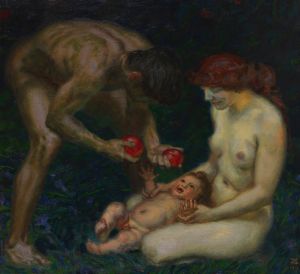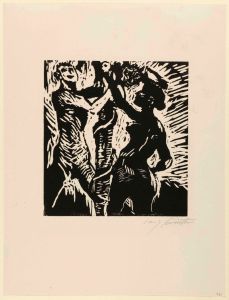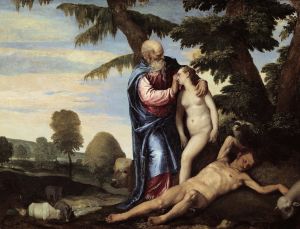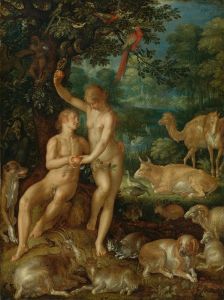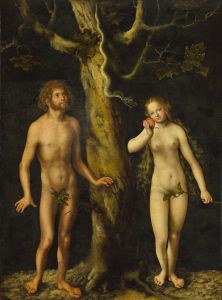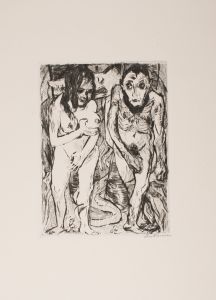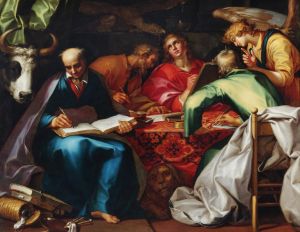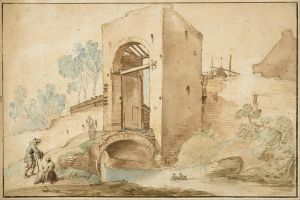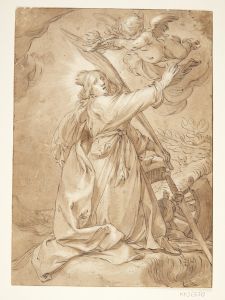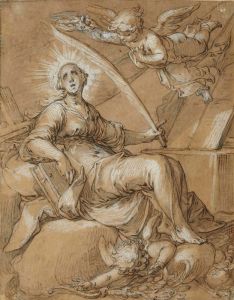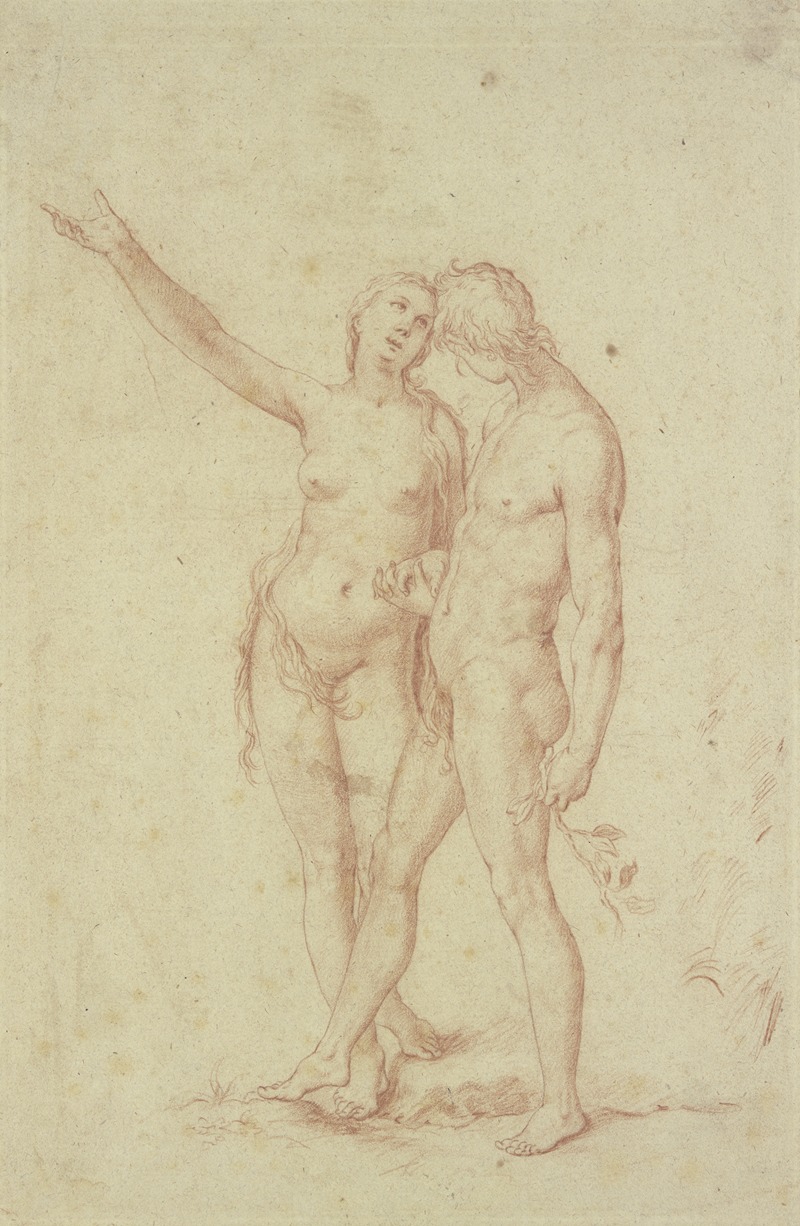
Adam and Eve
A hand-painted replica of Abraham Bloemaert’s masterpiece Adam and Eve, meticulously crafted by professional artists to capture the true essence of the original. Each piece is created with museum-quality canvas and rare mineral pigments, carefully painted by experienced artists with delicate brushstrokes and rich, layered colors to perfectly recreate the texture of the original artwork. Unlike machine-printed reproductions, this hand-painted version brings the painting to life, infused with the artist’s emotions and skill in every stroke. Whether for personal collection or home decoration, it instantly elevates the artistic atmosphere of any space.
Abraham Bloemaert was a prominent Dutch painter and printmaker, known for his versatility and contribution to the development of Dutch art in the late 16th and early 17th centuries. One of his notable works is the painting "Adam and Eve," which showcases his skill in depicting biblical themes with a unique blend of realism and idealism.
"Adam and Eve" by Abraham Bloemaert is a representation of the biblical story from the Book of Genesis, which narrates the creation of the first man and woman and their subsequent fall from grace. Bloemaert's interpretation of this iconic story reflects the artistic and cultural influences of his time, as well as his own distinctive style.
The painting captures the moment in the Garden of Eden just before the Fall, when Adam and Eve are tempted by the serpent to eat the forbidden fruit from the Tree of Knowledge. Bloemaert's composition is carefully balanced, with Adam and Eve positioned prominently in the foreground. The figures are depicted with a sense of grace and naturalism, characteristic of Bloemaert's work, which often combined elements of Mannerism and the emerging Baroque style.
Bloemaert's use of color and light in "Adam and Eve" is particularly noteworthy. The lush greenery of the Garden of Eden is rendered in vibrant hues, creating a sense of paradise that contrasts with the underlying tension of the scene. The figures of Adam and Eve are illuminated with a soft, almost ethereal light, highlighting their innocence and vulnerability. This use of light not only enhances the visual appeal of the painting but also underscores the thematic elements of temptation and impending loss.
The serpent, a central figure in the narrative, is depicted with a sinuous form, coiled around the tree, and engaging Eve in a moment of persuasion. Bloemaert's attention to detail is evident in the texture of the serpent's scales and the intricate foliage of the tree, which adds depth and realism to the scene.
Bloemaert's "Adam and Eve" reflects the broader artistic trends of the Dutch Golden Age, a period marked by a flourishing of art and culture in the Netherlands. During this time, there was a growing interest in biblical and mythological subjects, and artists like Bloemaert played a crucial role in interpreting these themes for a contemporary audience.
While Bloemaert is perhaps not as widely known today as some of his contemporaries, his work, including "Adam and Eve," remains an important part of the history of Dutch art. His ability to blend traditional religious themes with innovative artistic techniques helped pave the way for future generations of artists.
In summary, "Adam and Eve" by Abraham Bloemaert is a significant work that exemplifies the artist's skill in combining narrative depth with visual beauty. Through his masterful use of composition, color, and light, Bloemaert brings to life the timeless story of humanity's first temptation, capturing both the innocence of the protagonists and the gravity of their choice.





